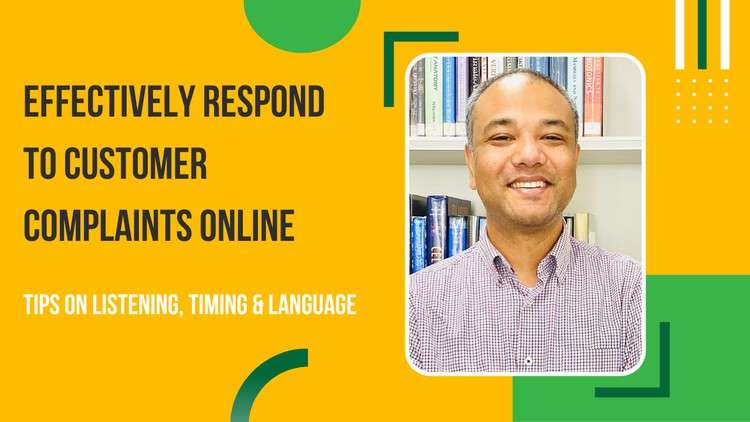
Improve Customer Service using this practical complaint handling course.
What you will learn
Welcome complaints as opportunities to delight customers.
Specific tips on responding effectively to online complaints.
Differentiate from competitors by offering unique customer experiences.
Help your team improve customer service.
Description
It’s likely that at some stage you will receive a customer complaint about a product or service your business provides. Sometimes things don’t go as planned, or there is a disconnect between customer expectations and reality. These days posting complaints as comments or reviews online is common. After posting complaints online, customer is waiting for a response, and many others are watching to see how the organisation handles the situation. Interestingly, people who deal with customers often say the hardest part of their job is communicating effectively when their customers complain. Ineffective complaint handling results in bad customer service. It occurs much more often than one may think. And this may snowball into severe consequences for the organisation. On the other hand, responding promptly and effectively demonstrates the organisation’s commitment to customer service and in turn helps to retain the customers. Therefore, how one responds or communicates to a complaining customer matters a lot.
In this course, I’ll
- discuss easy practical tips that you can use when responding to online complaints.
- point out that time, active listening, and indicating empathy and competence play critical role in complaint handling.
- share insights on how quick to respond, which words are more effective and which ones are best to avoid when communicating with customers.
There is also an assignment for you to practice. Let’s begin!
Content